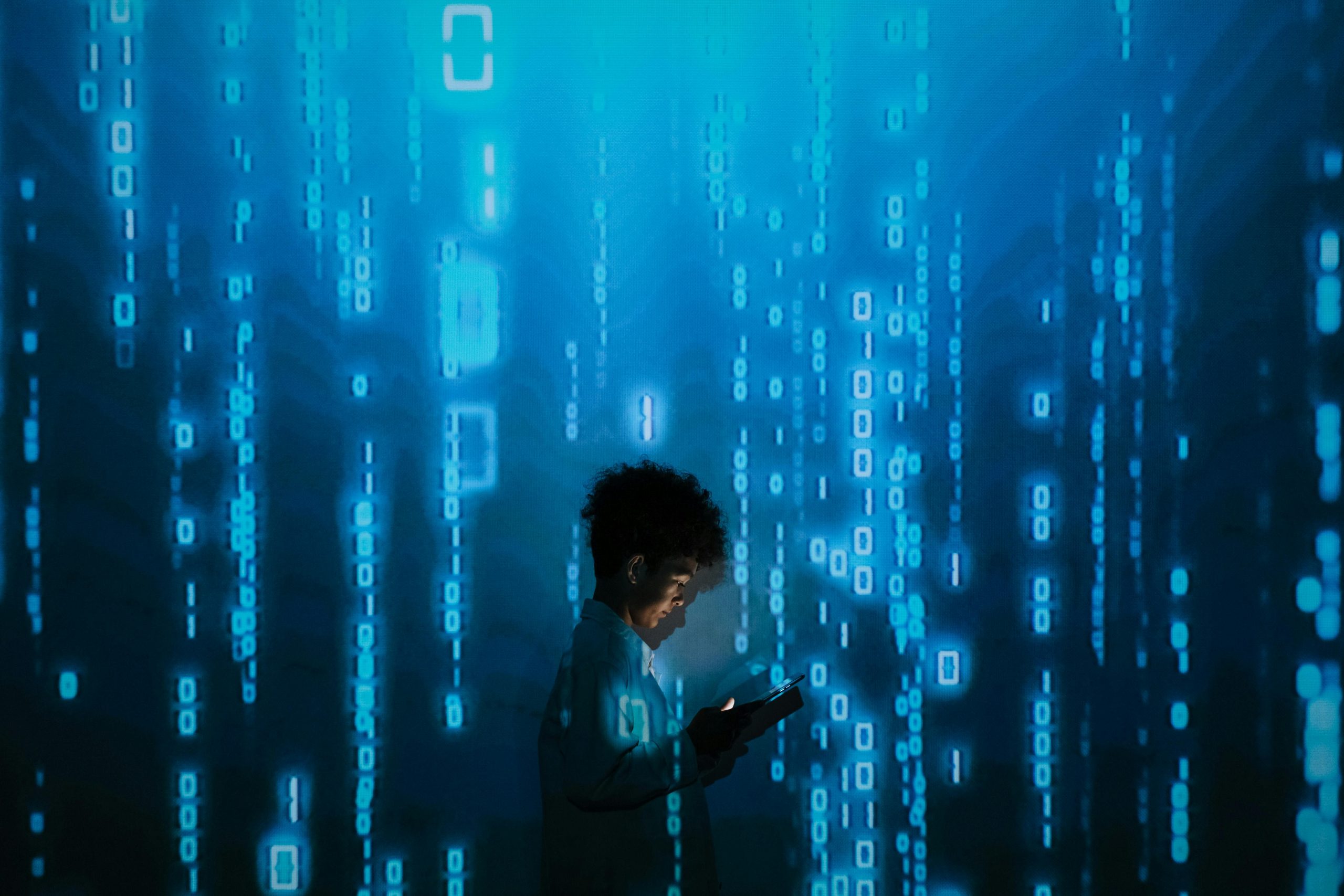Fascinating yet unavoidable: An overlooked danger to our free will
The Subtle Threat to Our Autonomy: An Underestimated Challenge in the Age of Digital Influence
In discussions surrounding artificial intelligence, popular imagination often gravitates toward dramatic scenarios—killer robots, AI rebellions, or machines enslaving humanity. These vivid visions evoke a sense of sudden upheaval, loud conflicts, and dystopian futures. However, the true threat is more insidious and gradual: a shift in what commands our attention and shapes our worldview.
Rather than an immediate crisis, this threat manifests as a creeping trend—one that not only impacts employment but also jeopardizes one of our most vital freedoms: our capacity for free will. At the core of our identity, beliefs, and perceptions is a mosaic of information accumulated through our senses over a lifetime.
From the languages we speak to the sources we trust and the political ideologies we hold, everything is ultimately rooted in the flood of stimuli we’ve absorbed. Our brains are wired for learning—a process of gathering, processing, and internalizing survival-relevant data. This natural mechanism enables us to adapt rapidly during our lives, not just across generations.
What sets humans apart is our ability to transmit and augment this worldview through symbols—stories, speech, written language. This symbolic communication has been a cornerstone of civilization, empowering us to share complex ideas beyond direct experience. It’s a superpower that simultaneously makes us remarkable and vulnerable.
The advent of writing about 5,000 years ago marked a revolutionary shift, though literacy remained scarce for most of human history. For centuries, knowledge was primarily transmitted by direct experience, with the literate elite wielding influence through written texts. Then came television—a new form of symbolic communication that did not require reading. Suddenly, our exposure to ideas, narratives, and images became more accessible and pervasive, potentially increasing the symbolic component of our worldview from a mere 2% to roughly 10%.
Growing up in 1987, I remember a household with a single television. Viewing was a choice I often declined, and I had limited options. Today, screens are omnipresent. As you read this, you’re likely engaging with a digital device that knows you better than ever before—through algorithms that tailor content to your preferences.
This unprecedented level of personalized content shaping our perceptions is changing the way we see the world. When an algorithm understands you deeply, it influences the stories and ideas that form your reality—perhaps more than your direct experiences ever could. This subtle, continuous molding of our worldview raises a














Post Comment